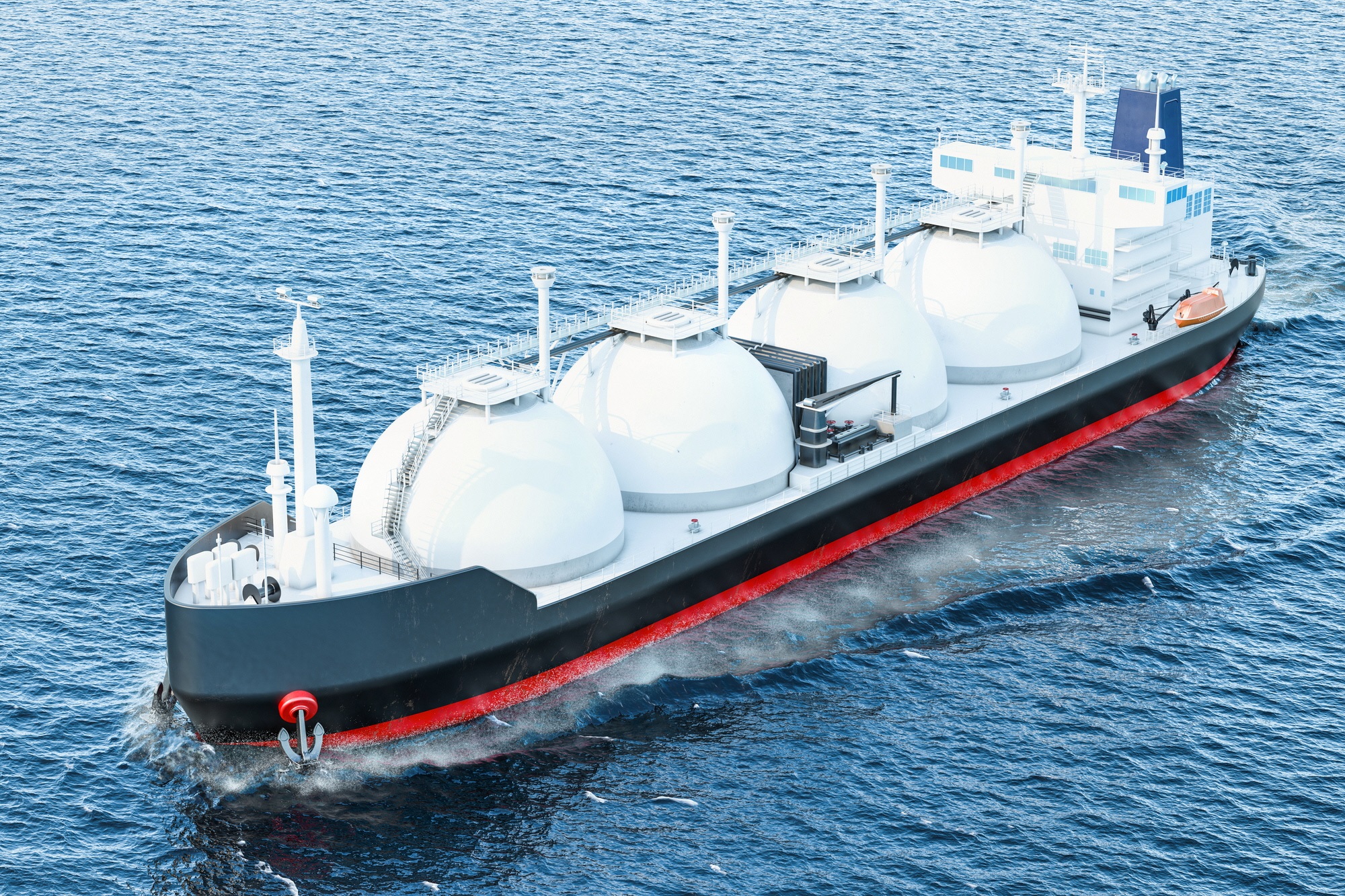TOCOM Energy
Crude demand faces headwind amid slim margins, focus on OPEC
Oil benchmarks dropped around 5% last Thursday before claw back some of the losses, and were largely moving sideways with higher volatility as investors stay focus on OPEC meeting. The meeting which according to latest news has been delay to Nov. 30 from Nov. 26 as there are some different views among the group participants.
OPEC has blamed the recent price tumble on ‘speculators’, however, plunging refinery profits and lackluster physical cargo trading are the signs of softness that the market has been detecting.
Signs of a short-term oversupply of crude have also been priced in along the future curve. The front-month WTI and Brent calendar spreads flipped to contango-where near-term prices are below longer-dated ones for the first time in four months, meanwhile, the backwardation in JPX Dubai futures narrows sharply.
On the oil product market, gasoline and gasoil crack spreads at major oil trading hubs have remained stable in the past week due to refineries run cuts in an effort to rebalance the market. In 3Q23, crude oil stocks plunged by a massive 141.4 mb and oil product built by 112.7 mb as supply cuts by OPEC+ countries coincided with increased refinery activity according to the IEA.
Looking back, the intensity of the swing in crack spreads, gasoline in particular, has been dramatic this year. On the surface, the volatility in the gasoline market is led by the US market, reflecting typical seasonal demand patterns, however, there are more acute factors related to supply which are driven by tight refining capacity and high costs of rerouting.
Middle distillate prices got a huge push since Russian and Ukraine war,in response, refiners have maximized crude processing and adjusted downstream units to increase the yield of middle distillate at the expense of gasoline. Besides, refinery capacity shut since pandemic has reduced the overall refining capacity in the US, these factors have resulted in a decrease in gasoline supply. Together with resilient domestic demand and rising exports led to an unusually large deficit of gasoline inventories at the start of summer driving season. Fears of a shortage sent refining margins in the US for making gasoline soaring to an average of $37 per barrel this summer, among the highest for a decade.
In response, refiners have maximized crude processing, by September and October, gasoline stocks in the US were increasing rather than falling as is normal at this point in the year. With gasoline margins much lower, refiners have had an incentive to switch output back towards diesel.
However, Europe is currently experiencing continuing relative diesel weakness, this trend is expected to persist after the winter diesel concerns subside, as Europe’s stocks have returned to 2021 levels in terms of days of demand cover. Diesel margin will also face a challenging 2024 as more new refining capacity comes on stream.
Given these circumstances, the downward pressure on refining margin is likely to persist in the medium term with the biggest uncertainty lies in demand, which will depend on the magnitude of any global economic slowdown and the pace of its recovery over the next few years.






